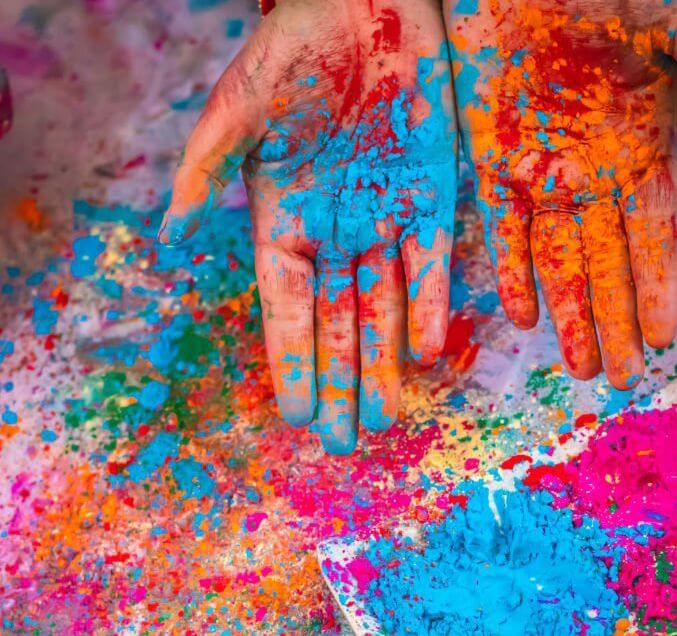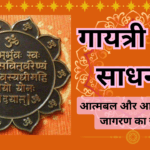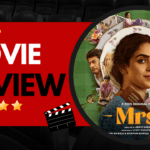In India, one of the most colorful festival is Holi, often known as the festival of colors.
It indicates that good has triumphed over evil and that spring has arrived.
Different regions have unique traditions and customs.
Every state adds an own flavor to this enormous celebration, from the traditional Dol Jatra of West Bengal to the fun Lathmar Holi of Uttar Pradesh and the royal Shahi Holi of Rajasthan.
Let’s travel over India and discover the various ways of Holi celebration .
Uttar Pradesh: Lathmar Holi and Traditional Festivities
Holi is most prevalent in Uttar Pradesh, particularly in the towns of Mathura, Vrindavan, Barsana, and Nandgaon, where the celebration has its origins in the stories of Lord Krishna and Radha.
Lathmar Holi (Barsana and Nandgaon)
In Barsana, the holiday starts with Lathmar Holi, in which women hit males with sticks (lathis) in a humorous manner while they attempt to protect themselves.
A famous incident in Krishna’s life is reenacted here, in which he went to Radha’s hamlet to taunt the women.
Phoolon Ki Holi (Vrindavan)
Holi is marked by flowers than colors at the Banke Bihari Temple in Vrindavan.
It’s a captivating sight as priests sprinkle worshipers with flower petals.
Widows holi (vrindavan)
Holi of the Widow (Vrindavan) Previously excluded from Holi celebrations.
Widows in Vrindavan now take part in a joyful display of color, defying long-standing social conventions.
Huranga holi (Dauji Temple)
At the Dauji Temple, Huranga Holi In keeping with an ancient custom.
Ladies at the Dauji temple near Mathura play Holi in a playful and violent way by ripping off men’s clothes and dousing them in color.
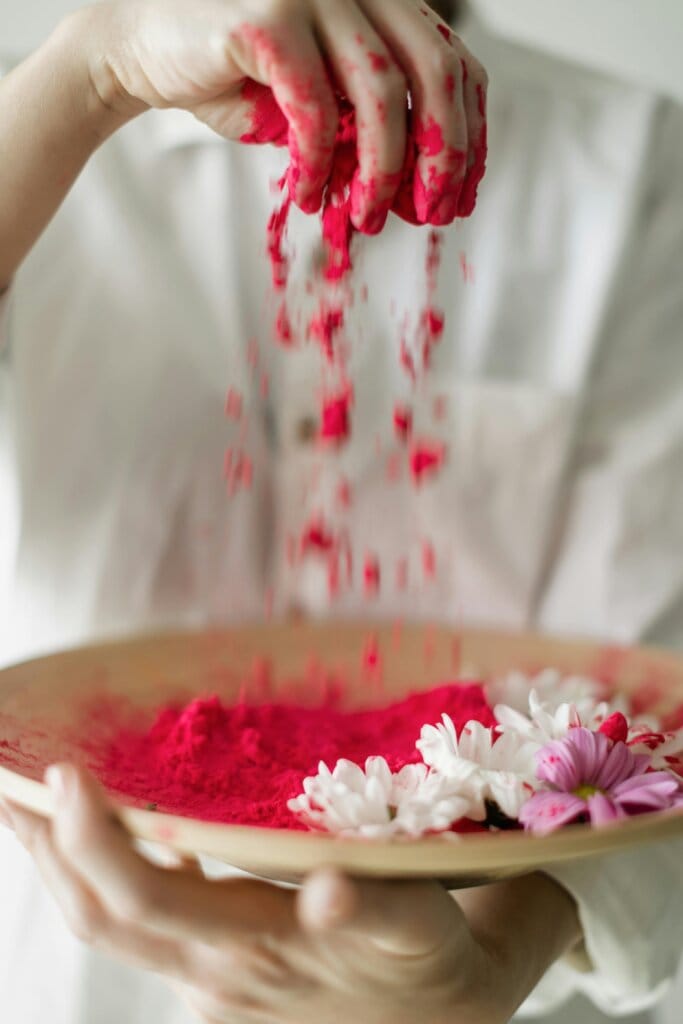
Rajasthan: Royal and Folk Celebrations
Rajasthan combines cultural celebrations with royal customs to celebrate Holi in style.
Shahi Holi (Udaipur and Jaipur)
Holi Shahi (Jaipur and Udaipur) Rajasthani royal families use horses, camels, and elephants in their extravagant processions to celebrate Holi.
Following a royal procession led by the Maharana of Mewar, Udaipur hosts a magnificent bonfire and cultural entertainment.
Gair Holi (Ajmer and Pushkar)
Pushkar’s Gair Holi and Ajmer In Ajmer and Pushkar, men from several villages gather to perform traditional folk drumming and dances while donning colorful costumes in honor of Gair Holi.
Brij Holi (Bharatpur)
On Brij Holi, Bharatpur Brij Holi in Bharatpur is a distinctive fusion of religious music, dance, and colorful color play honoring Lord Krishna, much like Mathura’s Holi.
Punjab: Warrior Spirit of Hola Mohalla
In Punjab, the Sikh community celebrates Holi in Anandpur Sahib as Hola Mohalla, a three-day magnificent feast.
Founded by Guru Gobind Singh, Hola Mohalla features kirtans, martial arts (Gatka), horseback riding, and simulated combat.
In contrast to conventional Holi, it highlights the bravery, discipline, and heroism of Sikh fighters.
Community feasts (Langars) and a large procession mark the festival’s conclusion.
West Bengal: Cultural and Artistic Dol Jatra
Holi is observed as Dol Jatra or Dol Purnima in West Bengal, where it is closely linked to Lord Krishna and poetical customs.
Rabindranath Tagore served as the inspiration for Basanta Utsav (Shantiniketan), a celebration of Holi that includes poetry recitations, cultural performances, Rabindra Sangeet, and yellow-clad student dances.
Devotees sing and dance as the idols of Radha and Krishna are carried on the streets on during the Dol Jatra Procession.
Maharashtra: Rang panchmi and puran poli
Holika Dahan: The night before Holi, a big bonfire is set to represent the annihilation of evil.
The primary day of color celebrations is Rang Panchami, when people splatter each other with color.
The occasion involves the preparation and consumption of special sweets such as Puran Poli, which is a stuffed sweet flatbread.
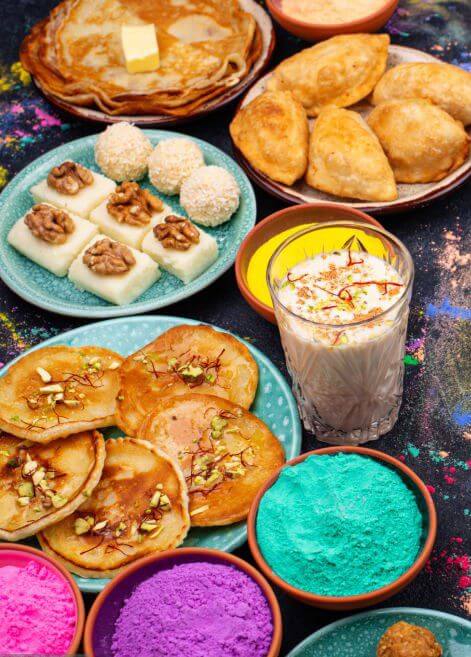
Gujarat: Colorful fairs
celebrates Holi with a strong spiritual bent and customs centered around Krishna, especially in Dwarka.
Dhuleti: Color play, traditional dances, and special dishes like Thandai and Gujiya are celebrations of the second day of Holi.
Dahi Handi: Groups of young men, inspired by Krishna’s playful temperament, construct human pyramids in order to smash a pot of buttermilk, signifying his mischievous behavior as a child.
Holi Fairs: Locals can enjoy folk music, dance, and cultural events at a number of fairs that are held.
Bihar: Traditional Holi with Bhang and Folk Songs
Holi is a vibrant celebration in Bihar that includes folk music, lighthearted banter, and a little Bhang, a cannabis-infused beverage.
Traditional Holi folk songs, such as those by Bhikhari Thakur, are sung while dhols are drummed.
The playful atmosphere is enhanced by the widespread consumption of bhang thandai.
With lavish feasts that include specialties like Malpua and Dahi Vadaa, the festival comes to a close.
Uttarakhand: Musical Kumaoni Holi
There are three distinct ways to celebrate Holi, giving it a melodic twist:
Baithaki Holi: Temple assemblies sing devotional songs to Lord Krishna.
Khari Holi: Men in traditional clothing travel across villages singing and dancing to Holi folk tunes.
Mahila Holi: Women celebrate Holi with their own musical get-togethers.
The emphasis here is on music and community bonding rather than just playing with colors.
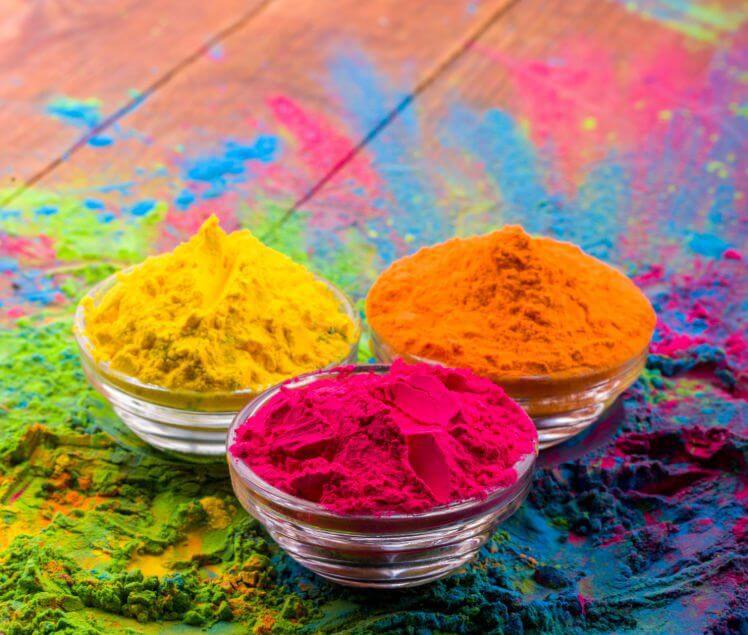
Manipur: Yaoshang Festival
A significant cultural celebration, the six-day Yaoshang Festival takes place in Manipur during Holi.
Like Holika Dahan, the celebration starts with the burning of a hut-like building.
Under a full moon, young boys and girls perform the traditional Manipuri dance known as Thabal Chongba.
Dance and music plays an important role.
Tamil Nadu and Kerala: Meager but Devotional Celebrations
Though not as elaborate as in North India, Holi is observed in a few places in South India.
In Tamil Nadu, Holi is connected to Kamadeva, the God of Love, who was charred by the third eye of Lord Shiva.
People kindle bonfires in observance of Kama Dahanam.
In Kerala, the Konkani and Gaud Saraswat Brahmin communities celebrate Holi with music and color play in temples, particularly in the Manjeshwar region.
Conclusion
In India, Holi is a celebration of mythology, culture, and local customs that goes beyond simply being a festival of colors.
Every state contributes its unique character to the festival, resulting in a varied yet cohesive celebration of happiness, love, and community.
Holi unites India in a riot of colors and celebration, whether it is the poetry Dol Jatra of Bengal, the vibrant Lathmar Holi of Uttar Pradesh, or the royal Shahi Holi of Rajasthan.
Holi, wherever you celebrate, is a time to embrace joy, let go of differences, and spread love in a variety of colorful ways. Have a great Holi!


